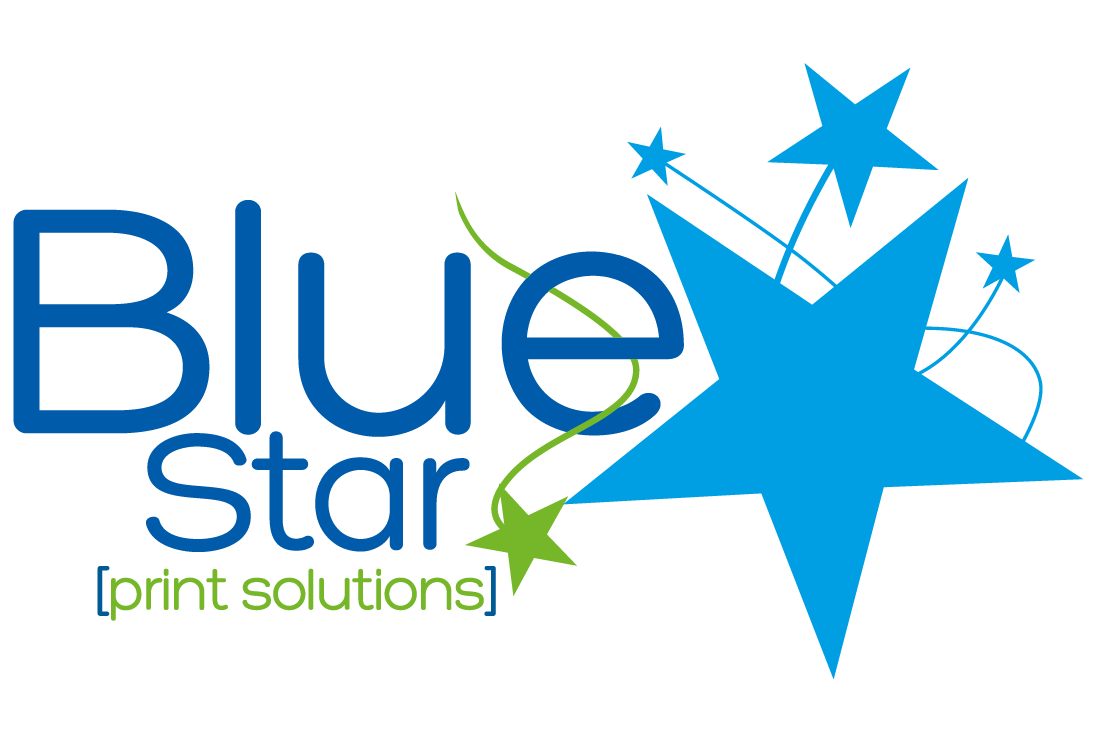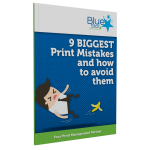- Newspapers
- Inserts/ads
- Magazines
- Direct mail
- Catalogs or Books
Web-fed presses are divided into two general classes: cold/non-heatset, and heatset offset web presses; the difference being how the inks that are used dry. Cold web offset printing dries through absorption into the paper, while heatset utilizes drying lamps or heaters to cure or “set” the inks. Heatset presses can print on both coated & uncoated papers, while coldset presses are restricted to uncoated paper stock, such as newsprint. Some coldset web presses can be fitted with heat dryers, or ultraviolet lamps (for use with UV-curing inks). It is also possible to add a drier to a cold-set press. This can enable a newspaper press to print color pages heatset and black and white pages coldset.
Web offset presses are beneficial in long run printing jobs, typically press runs that exceed ten or twenty thousand impressions. Speed is a determining factor when considering the completion time for press production; some web presses print at speeds of 3,000 feet per minute or faster. In addition to the benefits of speed and quick completion, some web presses have the inline ability to cut, perforate, and fold.
Heatset web offset: This subset of web offset printing uses inks which dry by evaporation in a dryer. This is typically done on coated papers, where the ink stays largely on the surface, and gives a glossy high contrast print image after the drying. As the paper leaves the dryer too hot for the folding and cutting that are typically downstream procedures, a set of “chill rolls” positioned after the dryer lowers the paper temperature and sets the ink. The speed at which the ink dries is a function of dryer temperature and length of time the paper is exposed to this temperature. This type of printing is typically used for magazines, catalogs, inserts and other medium-to-high volume, medium-to-high quality production runs.
Coldset web offset: This is also a subset of web offset printing, typically used for lower quality print output. It is typical of newspaper production. In this process, the ink dries by absorption into the underlying paper. A typical coldset configuration is often a series of vertically arranged print units and peripherals. As newspapers seek new markets, which often imply higher quality (more gloss, more contrast), they may add a heatset tower (with a dryer) or use UV (ultraviolet) based inks which “cure” on the surface by polymerisation rather than by evaporation or absorption.
If you think your marketing items are being produced on the wrong presses or you feel like you could do with having your items looked at, contact me now on 01933 698 123 or email me [email protected].





